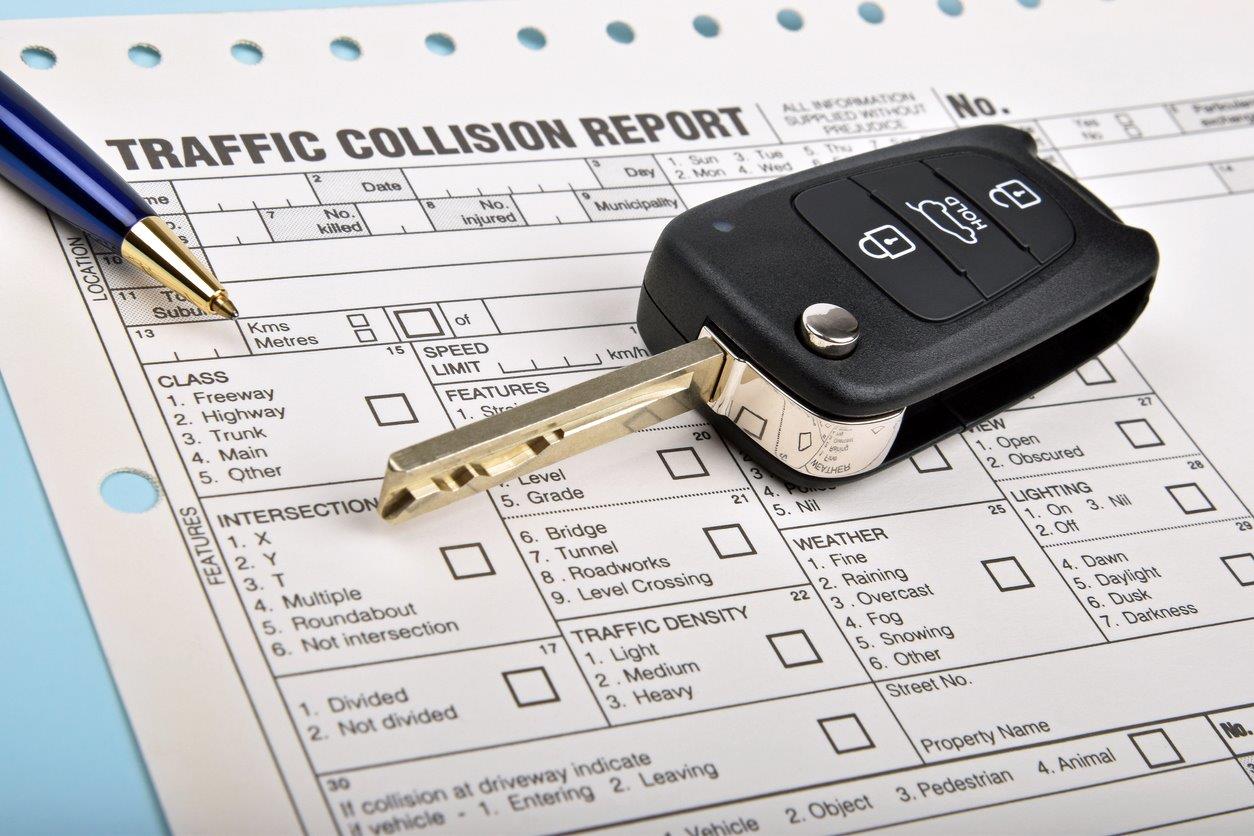If you are a participant in a personal injury law suit many times you will be asked to give a deposition to document your testimony in the matter. Although it may sound intimidating, a deposition is your opportunity to tell your side of the story and demonstrate to the defendant and the insurance company that your claim deserves just compensation. Below we will discuss the basics of a deposition and how to best represent yourself during the process.
What Is A Deposition
A deposition is a formal legal process in which your testimony in a matter will be taken through the asking and answering of questions. During the deposition you are under oath and all the information you provide will be recorded in a written format that can be used in a later court proceeding. Normally, the deposition takes place in a conference room in either your attorney or the defense attorney’s office, however, due to Covid-19 many depositions are taking place over video conference software to keep all parties safe.
Who Is There and How Long Will It Take?
Once you are at the deposition you will notice at least two additional people in the room besides yourself and your attorney. These people are typically the defendant’s attorney who is there on behalf of the insurance company as well as the court reporter who transcribes everything that is said on the record during the deposition. There is no set amount of time for a deposition to take place, but the average deposition will take a couple of hours.
What Types of Questions Will Be Asked?
Depositions cover a wide range of information and your attorney will prepare you for these questions prior to the actual event; however, below are the most common areas covered:
- Background Information (Name, Address, Education)
- Facts of the Accident (How & Where it Occurred, Who Was Involved)
- Your Injuries That Are A Result of The Accident
- Your Medical Treatment
- Prior Medical History
- How Your Life Has Been Impacted by The Accident
- Lost Wages or Employment
- Your Current Condition
How Do I Answer the Questions Being Asked?
First, while it may seem obvious, the most important thing you should remember is to tell the truth. You are under oath during a deposition and intentionally not telling the truth is the crime of perjury. Just as important, answering questions truthfully is the only way that you can guarantee that you will not be misrepresented in the future. Secondly, before answering any question that is presented to you, make sure you take a moment to make sure you understand the question that is being asked. If you do not understand the question or are confused, you need to make that clear to the opposing attorney. Simply tell the attorney that you do not understand the question and ask them to repeat or rephrase the question until you do understand. Third, when answering questions, you should give short and direct answers to the questions. Remember, a deposition is considered direct testimony and anything that you say can be used against you in the future. Thus, the best answer is the answer that fully and succinctly answers the questions that was asked. Finally, remember to remain calm. Do not allow yourself to become upset or frustrated with the defendant’s attorney. While the purpose of a deposition is to obtain information it is also a chance for all of the parties to see how well you would testify as a witness in trial. Your attorney is present at the deposition to protect your interests and if they feel there is something inappropriate happening, they will step in and take care of the situation.
If you have additional questions regarding depositions or are in need of a personal injury attorney, please contact our office at 614.542.0220.



